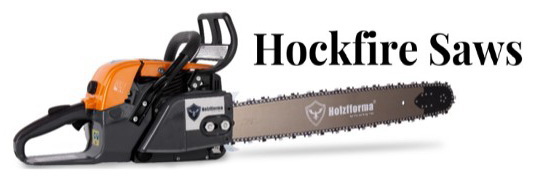Chainganger
Super OPE Member
- Local time
- 4:45 AM
- User ID
- 994
- Joined
- Mar 5, 2016
- Messages
- 297
- Reaction score
- 650
- Location
- Minnesota
I know nothing about grinders. There seem to be some cheap and expensive ones that act like a chop saw, where the rotating wheel is dropped down unto the stationary cutter, like the cheap harbor freight model.
Others where the rotating wheel is stationary and the cutters are moved into the wheel.
Are there any designed like a sliding miter saw where the rotating wheel is slid into the stationary cutter instead of chopping down on it?
Is one design inherently "better" than another in your opinion? Does one lead to longer cutter life or lead to a lesser chance of over heating the cutter when grinding?
Others where the rotating wheel is stationary and the cutters are moved into the wheel.
Are there any designed like a sliding miter saw where the rotating wheel is slid into the stationary cutter instead of chopping down on it?
Is one design inherently "better" than another in your opinion? Does one lead to longer cutter life or lead to a lesser chance of over heating the cutter when grinding?






